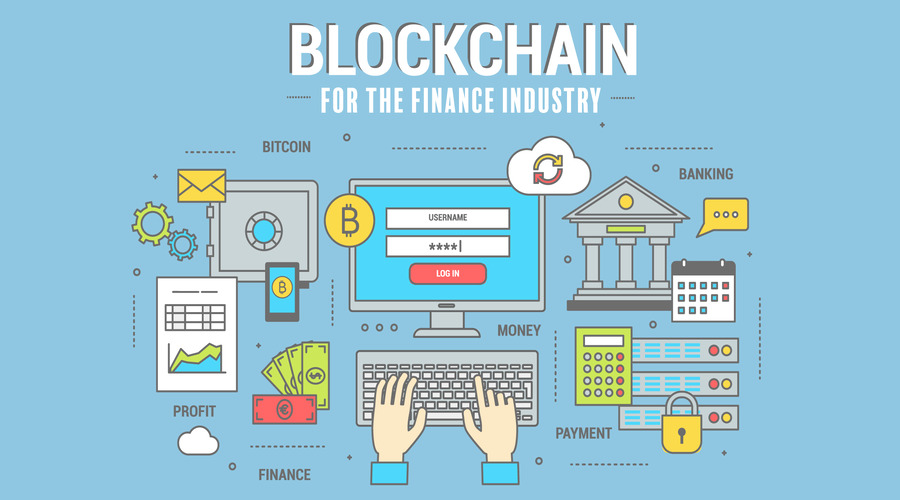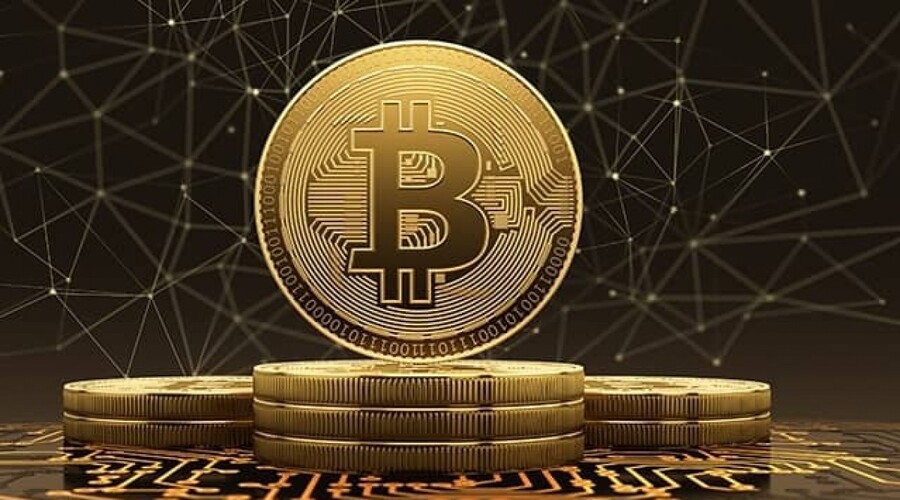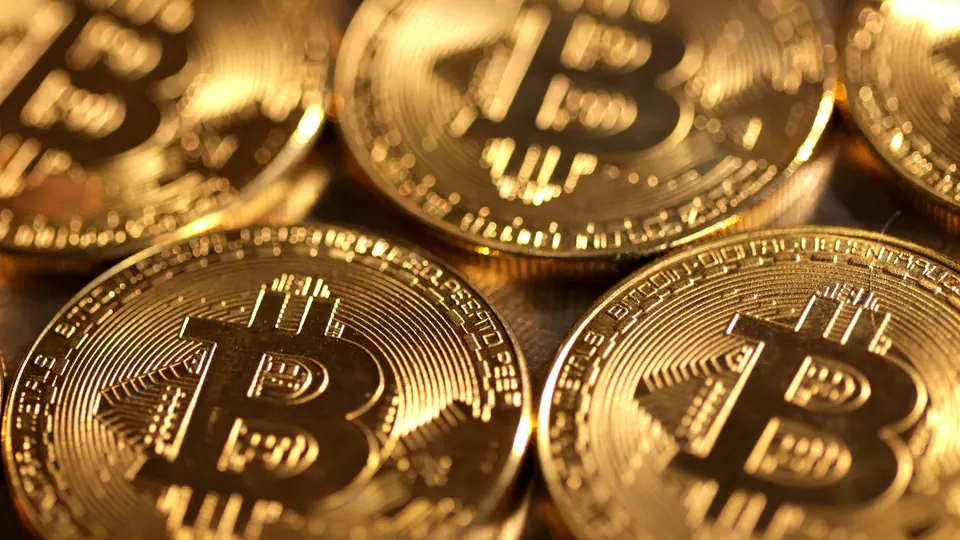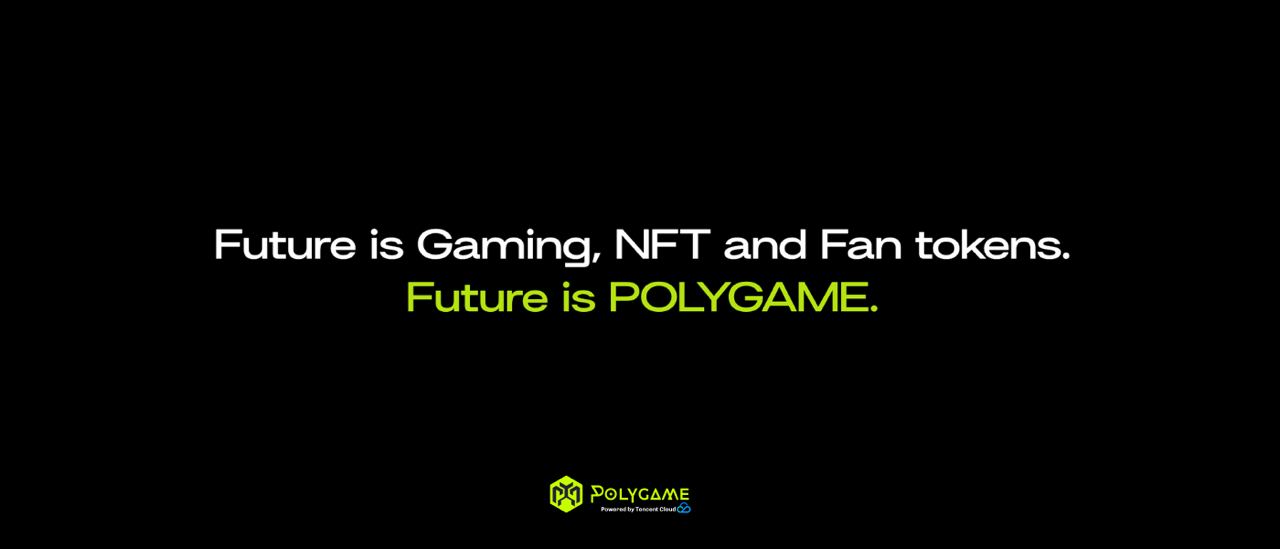
Smart Contracts in Finance: A Game-Changer for Investment and Lending
Smart contracts have the potential to revolutionize the finance industry by increasing efficiency, reducing costs, and improving transparency and trust. In this article, we will explore how smart contracts can be used for investment and lending purposes, and the opportunities and challenges associated with their use. Introduction to Smart Contracts in Finance Self-executing contracts that can be programmed to automatically execute when certain conditions are met are known as Smart contracts. They use blockchain technology to enforce the terms of an agreement. Smart contracts can be used for a variety of financial purposes, including investment and lending. They can eliminate intermediaries, such as banks or brokers, and automate many financial processes, such as payment processing and settlement. Opportunities of Smart Contracts in Investment Decentralization and Transparency Smart contracts use blockchain technology, which provides decentralization and transparency. Blockchain is a tamper-proof, decentralized ledger that can be used to record and verify transactions. This means that smart contracts can be transparent, secure, and tamper-proof. It can also ensure that all parties have access to the same information, which can help reduce disputes and increase trust between parties. Automated Execution As we have seen above, Smart contracts can be programmed to execute automatically if some conditions are met. This means that investments can be completed much faster than traditional investment methods. Smart contracts are also more accurate than traditional investments, as they eliminate the potential for human error. Lower Fees Smart contracts can eliminate the need for intermediaries, such as banks or brokers, which can significantly reduce transaction costs. This can result in lower fees for investors, making investing more accessible to a wider range of people. Access to New Markets Smart contracts can help investors access new markets that were previously inaccessible. For example, investors can invest in international markets without the need for intermediaries or expensive currency exchanges. Opportunities of Smart Contracts in Lending Faster Processing Smart contracts can automate many lending processes, such as credit checks and payment processing. This can significantly reduce the time it takes to process a loan application, making lending more accessible to a wider range of people. Lower Fees Smart contracts can also reduce transaction costs associated with lending, such as fees charged by intermediaries like banks or credit agencies. Increased Security Smart contracts can help reduce the risk of fraud in lending. Smart contracts are transparent and tamper-proof, making it difficult for fraudsters to manipulate data or transactions. Challenges of Smart Contracts in Finance Technical Complexity Smart contracts are complex, and require a high level of technical expertise to develop and implement. This can be a barrier to entry for businesses and individuals who do not have the necessary technical skills. Legal Uncertainty Smart contracts are still a relatively new technology, and there is still some legal uncertainty surrounding them. There is a lack of clarity around how smart contracts fit into existing legal frameworks, such as contract law and property law. This can make it difficult for businesses and individuals to navigate the legal landscape surrounding smart contracts. Security Risks Smart contracts are vulnerable to hacking and other security risks. If a smart contract is hacked, it can lead to significant financial losses for all parties involved. This can be a major concern for businesses and individuals considering the use of smart contracts. Smart Contracts for Derivatives Smart contracts can also be used for derivatives, such as options and futures. Derivatives are financial instruments that are derived from an underlying asset, such as a stock or commodity. Smart contracts can automate the process of trading derivatives, including payment processing and settlement. This can help reduce the risk of fraud and errors in the trading process. Smart Contracts for Crowdfunding Smart contracts can be used for crowdfunding, which is a method of raising capital through small contributions from a large number of people. Smart contracts can automate the process of raising and distributing funds, including payment processing and distribution. This can significantly reduce the costs associated with crowdfunding and increase the speed and efficiency of the process. Smart Contracts for Insurance Smart contracts can also be used for insurance, such as peer-to-peer insurance. Peer-to-peer insurance is a type of insurance where individuals come together to insure each other, rather than relying on traditional insurance companies. Smart contracts can automate the process of creating and managing insurance policies, including payment processing and claims management. The Future of Smart Contracts in Finance The future of smart contracts in finance is promising. As the technology continues to evolve, it is expected that smart contracts will become more widely adopted in the finance industry, improving efficiency and reducing costs. However, there are still challenges to be addressed, such as legal uncertainty and security risks. It is important for businesses and individuals to stay up-to-date with the latest developments and to ensure that their use of smart contracts complies with relevant regulations and laws. Integration with Other Technologies Smart contracts can be integrated with other technologies, such as artificial intelligence (AI) and the Internet of Things (IoT). For example, smart contracts can be used to automate the process of transferring ownership of IoT devices, such as smart appliances. AI can be used to analyze data on smart contracts and identify patterns and trends, which can help investors make more informed decisions. Impact on Traditional Financial Institutions The adoption of smart contracts in the finance industry may also have an impact on traditional financial institutions, such as banks and brokers. Smart contracts can eliminate the need for intermediaries, such as banks or brokers, which can reduce their role in the financial system. However, it is also possible that traditional financial institutions will adapt to the changing landscape and incorporate smart contracts into their operations. Regulatory and Compliance Challenges Smart contracts can also pose regulatory and compliance challenges. For example, there may be concerns around data privacy and protection. Smart contracts may also be subject to existing legal frameworks, such as data protection laws and consumer protection laws. It is…

















